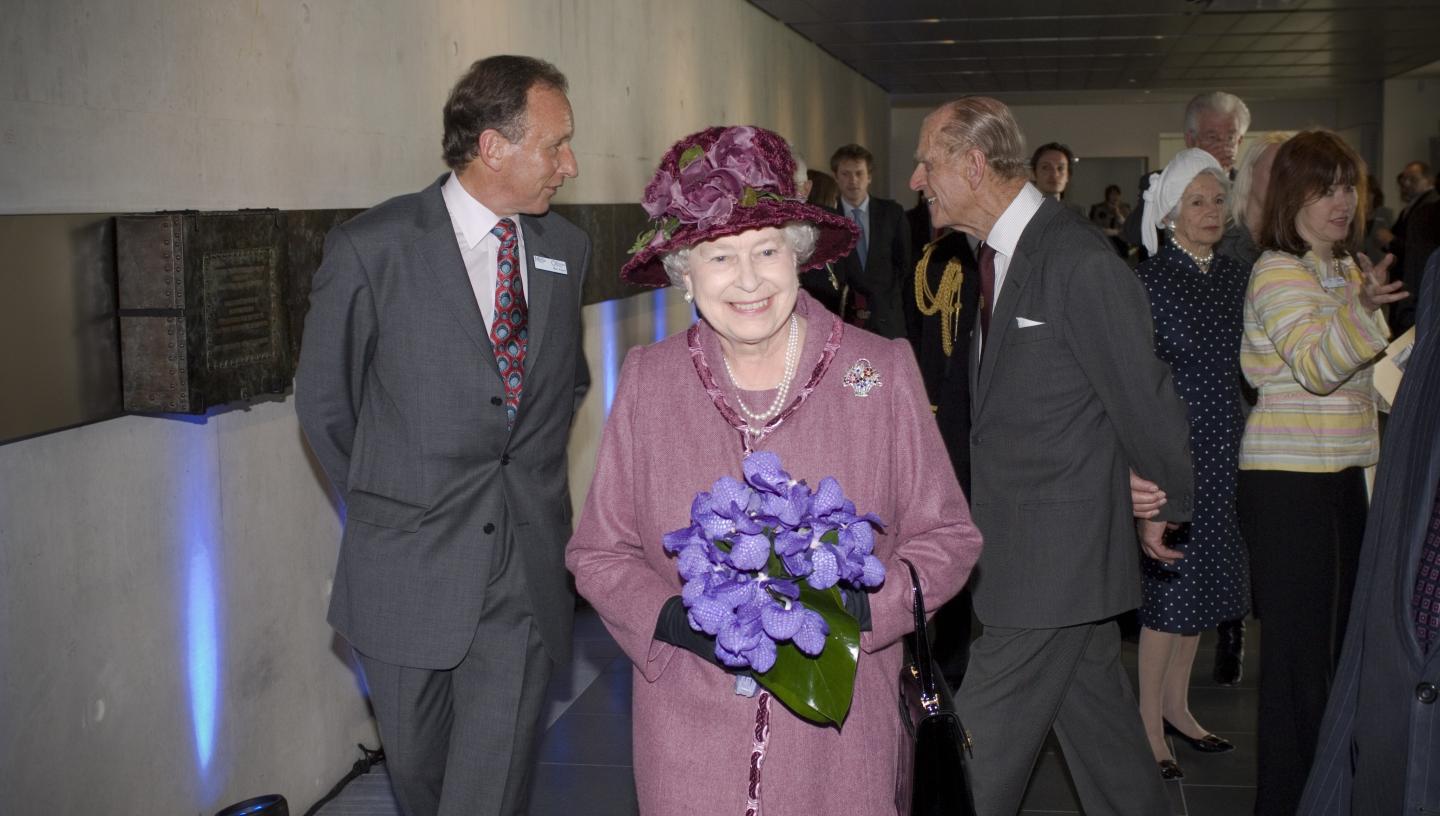
Whilst Her Majesty the Queen's actual birthday was on 21 April, her official birthday celebrations took place later in the year, on the second Saturday in June.
This is celebrated with the parade known as Trooping the Colour.
Why did the Queen have two birthdays?
The short answer is that April is too cold for a parade.
Whilst 21 April is more of a private celebration, Trooping the Colour marks the sovereign's official celebration.
Queen Elizabeth II was not the first monarch to do this.
The tradition was started by George II in 1748. With a November birthday being too cold for a celebratory parade, he tied his celebrations in with the annual Trooping the Colour military parade.
What is Trooping the Colour?
The ceremonial parade Trooping the Colour has its origins on the battlefield. A regiment’s flag, or ‘colours’, was a key rallying point for soldiers during battle.
In order to ensure that every soldier would be able to recognise their colours, the flag would be marched or 'trooped' regularly round the ranks. A regiment’s colours came to have huge significance for serving soldiers, and the gain or loss of colours were seen as decisive moments in battle.
This military function gained royal significance during the reign of George II, the first monarch to tie his birthday celebrations into the summer ceremony – despite the fact that his actual birthday was in November.
Edward VII also had a November birthday, and it was during his reign that the summer 'official' birthday celebrations were standardised. It was also under Edward VII that the inspection of the troops by the monarch became part of the celebration.
Trooping the Colour now typically takes place every year on the second Saturday in June.
What happens at Trooping the Colour?
Over 1400 parading soldiers, 400 horses and 400 musicians take part at the Trooping the Colour parade.
The monarch arrives at House Guard’s Parade in Whitehall, receives a royal salute, and inspects the troops.
Military bands perform, and the regimental colour is taken on procession down the ranks of soldiers. The royal carriage then journeys back to Buckingham Palace at the head of the parade.
Trooping the Colour also aligns with the release of the Birthday Honours list.